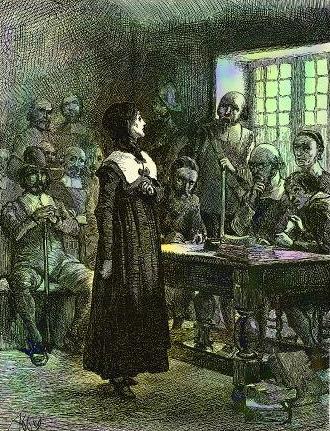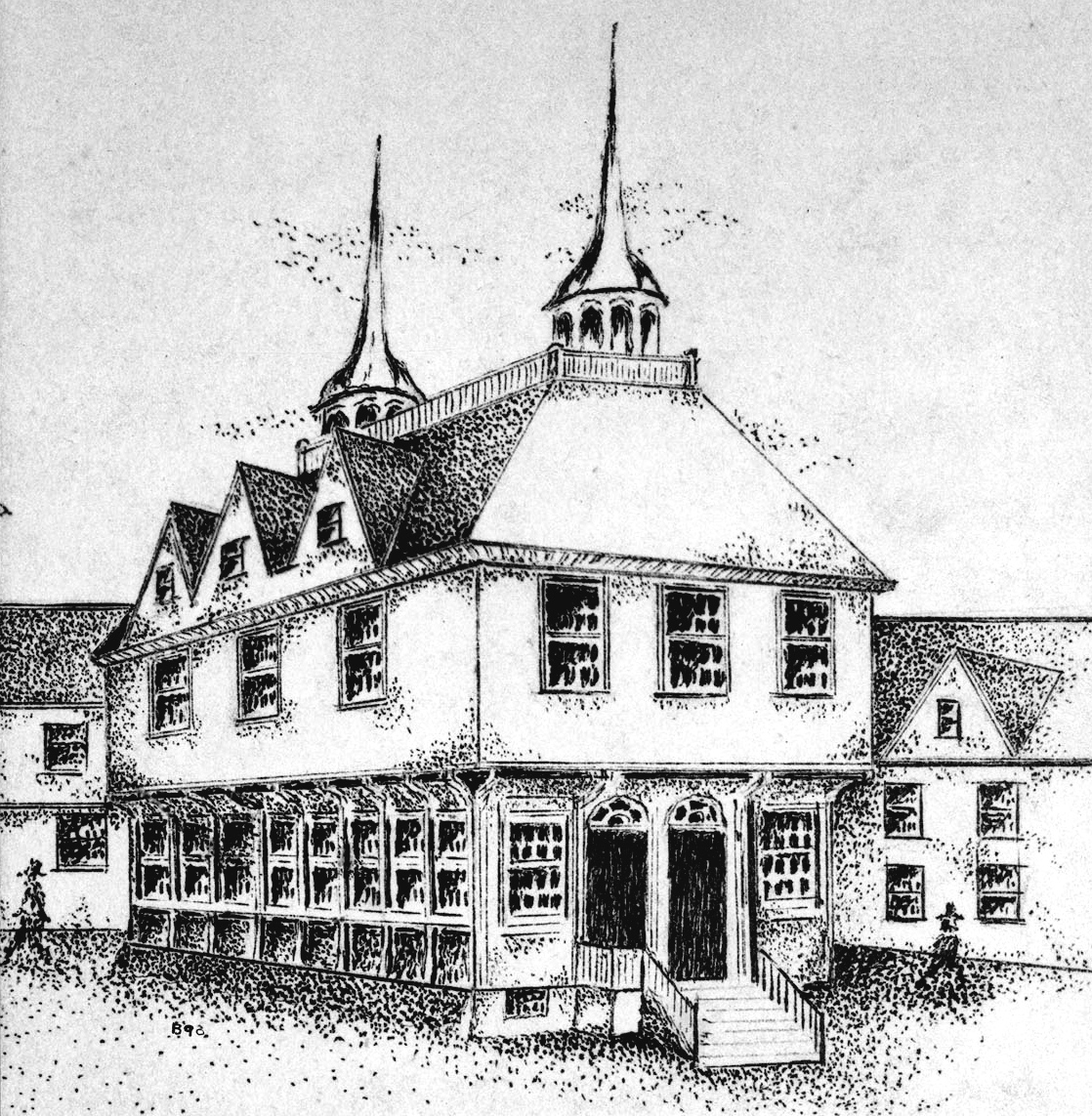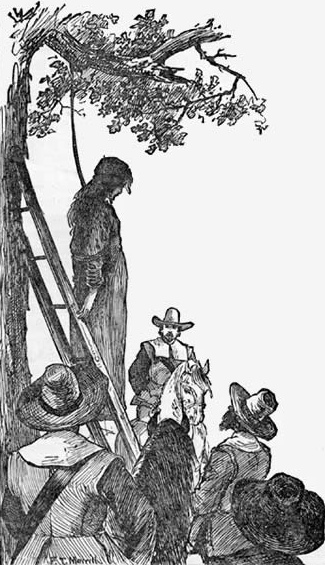|
Timeline Of Boston
This article is a timeline of the history of the city of Boston, Massachusetts, USA. 17th century * 1625 – William Blaxton arrives. * 1630 - When Boston was founded ** English Puritans arrive. ** First Church in Boston established. ** September 7 (old style): Boston named. * 1631 – Boston Watch (police) established. * 1632 – Settlement becomes capital of the English Massachusetts Bay Colony. * 1634 ** Boston Common established. ** Samuel Cole opened the first tavern in Boston, Massachusetts on March * 1635 – Boston Latin School founded. * 1636 – Town assumes the prerogatives of appointment and control of the Boston Watch. * 1637 – Ancient and Honorable Artillery Company of Massachusetts founded. * 1638 ** ''Desiré'' slave ship arrives. ** Anne Hutchinson excommunicated. * 1644 – "Slaving expedition" departs for Africa. * 1648 – Margaret Jones hanged as a witch. * 1649 – Second Church established. * 1652 – "Hull Mint", Robert Sanderson and John Hull estab ... [...More Info...] [...Related Items...] OR: [Wikipedia] [Google] [Baidu] |
:Category:Timelines Of Cities In The United States
:''Related: :Urban planning in the United States'' {{CatAutoTOC, numerals=no * united states City A city is a human settlement of notable size.Goodall, B. (1987) ''The Penguin Dictionary of Human Geography''. London: Penguin.Kuper, A. and Kuper, J., eds (1996) ''The Social Science Encyclopedia''. 2nd edition. London: Routledge. It can be def ... city history ... [...More Info...] [...Related Items...] OR: [Wikipedia] [Google] [Baidu] |
Margaret Jones (Puritan Midwife)
Margaret Jones (1613 – June 15, 1648) was the first person to be executed for witchcraft in Massachusetts Bay ColonyKarlsen, Carol F. ''The devil in the shape of a woman: witchcraft in colonial New England''. W. W. Norton & Company. 1998, p. 20 during a witch-hunt that lasted from 1648 to 1693.Fraden, Judith Bloom, Dennis Brindell Fraden. ''The Salem Witch Trials''. Marshall Cavendish. 2008, p. 15 About eighty people throughout New England were accused of practicing witchcraft during that period. Thirteen women and two men were executed. Jones, who resided in Charlestown, now a section of Boston, was a midwife and practiced medicine. Some of what caused her to be accused of witchcraft had to do with these practices. There are only two primary sources of information on Jones' plight: Governor John Winthrop's journal and the observations of minister John Hale, who, as a 12-year-old boy, had witnessed Jones' execution.Clarence F. Jewett, ''The Memorial History of Boston: Includin ... [...More Info...] [...Related Items...] OR: [Wikipedia] [Google] [Baidu] |
Paul Revere House
The Paul Revere House, built c.1680, was the colonial home of American patriot and Founding Father Paul Revere during the time of the American Revolution. A National Historic Landmark since 1961, it is located at 19 North Square, Boston, Massachusetts, in the city's North End, and is now operated as a nonprofit museum by the Paul Revere Memorial Association. An admission fee is charged. History The original three-story house was built about 1680, making it the oldest house in downtown Boston. It occupied the former site of the Second Church of Boston's parsonage, home to Increase Mather and Cotton Mather, which was destroyed in the Great Fire of 1676. Its first owner was Robert Howard, a wealthy slave merchant. His L-shaped townhouse contained spacious rooms and would have been enhanced by exterior features such as a second-floor overhang and casement windows. As is typical of early Massachusetts Bay timber construction, the main block of the three-story dwelling consisted ... [...More Info...] [...Related Items...] OR: [Wikipedia] [Google] [Baidu] |
Province House (Boston, Massachusetts)
__NOTOC__ The Province House (1679–1864) was a 17th-century mansion on old Marlborough Street in Boston, Massachusetts. Built in 1679, it was the home of merchant Peter Sergeant, and after 1716, the official residence of royal governors of the Province of Massachusetts Bay. Known for its great main staircase and original Tudor-style chimney stacks, the building fell into disrepair in the 19th century, partially burned in 1864, and was demolished in 1922. It has been considered one of the grandest examples of New England colonial architecture. However, only artist drawings of its outside elevation exist today, as well as photographs of its demolition in 1922. The 18th-century artist rendering shown here depicts the residence after the chimney stacks and ornate gables had been removed, in the earlier part of that century. A portion of the stone steps leading from the present street to the former garden remain. See also * Ordway Hall (Boston) (1852 – ca. 1864) in the re-pur ... [...More Info...] [...Related Items...] OR: [Wikipedia] [Google] [Baidu] |
Old South Meeting House
The Old South Meeting House is a historic Congregational church building located at the corner of Milk and Washington Streets in the Downtown Crossing area of Boston, Massachusetts, built in 1729. It gained fame as the organizing point for the Boston Tea Party on December 16, 1773. Five thousand or more colonists gathered at the Meeting House, the largest building in Boston at the time. History Church (1729–1872) The meeting house or church was completed in 1729, with its 56 m (183 ft) steeple. The congregation was gathered in 1669 when it broke off from First Church of Boston, a Congregational church founded by John Winthrop in 1630. The site was a gift of Mrs. Norton, widow of John Norton, pastor of the First Church in Boston. The church's first pastor was Rev. Thomas Thacher, a native of Salisbury, England. Thacher was also a physician and is known for publishing the first medical tract in Massachusetts. After the Boston Massacre in 1770, yearly anniversary ... [...More Info...] [...Related Items...] OR: [Wikipedia] [Google] [Baidu] |
Granary Burying Ground
The Granary Burying Ground in Massachusetts is the city of Boston's third-oldest cemetery, founded in 1660 and located on Tremont Street. It is the final resting place for many notable Revolutionary War-era patriots, including Paul Revere, the five victims of the Boston Massacre, and three signers of the Declaration of Independence: Samuel Adams, John Hancock, and Robert Treat Paine. The cemetery has 2,345 grave-markers, but historians estimate that as many as 5,000 people are buried in it. The cemetery is adjacent to Park Street Church, behind the Boston Athenaeum and immediately across from Suffolk University Law School. It is a site on Boston's Freedom Trail. The cemetery's Egyptian revival gate and fence were designed by architect Isaiah Rogers (1800–1869), who designed an identical gate for Newport's Touro Cemetery.James Stevens Curl, The Egyptian Revival, Routledge, 2005, p, 300 History The Burying Ground was the third cemetery established in the city of Boston and dat ... [...More Info...] [...Related Items...] OR: [Wikipedia] [Google] [Baidu] |
Copp's Hill Burying Ground
Copp's Hill Burying Ground is a historic cemetery in the North End of Boston, Massachusetts. Established in 1659, it was originally named "North Burying Ground", and was the city's second cemetery. History The cemetery was founded on February 20, 1659, when the town bought land on Copp's Hill from John Baker and Daniel Turell to start the "North Burying Ground". Now named "Copp's Hill Burying Ground" (although often referred to as "Copp's Hill ''Burial'' Ground"), it is the second oldest cemetery in Boston (second only to the King's Chapel Burying Ground founded in 1630). It contains more than 1200 marked graves, including the remains of various notable Bostonians from the colonial era into the 1850s. The first extension was made on January 7, 1708, when the town bought additional land from Judge Samuel Sewall and his wife Hannah. The land was part of a pasture which Mrs. Sewall had inherited from her father, John Hull, master of the mint. Benjamin Weld and his wife N ... [...More Info...] [...Related Items...] OR: [Wikipedia] [Google] [Baidu] |
Quakers
Quakers are people who belong to a historically Protestant Christian set of denominations known formally as the Religious Society of Friends. Members of these movements ("theFriends") are generally united by a belief in each human's ability to experience the light within or see "that of God in every one". Some profess a priesthood of all believers inspired by the First Epistle of Peter. They include those with evangelical, holiness, liberal, and traditional Quaker understandings of Christianity. There are also Nontheist Quakers, whose spiritual practice does not rely on the existence of God. To differing extents, the Friends avoid creeds and hierarchical structures. In 2017, there were an estimated 377,557 adult Quakers, 49% of them in Africa. Some 89% of Quakers worldwide belong to ''evangelical'' and ''programmed'' branches that hold services with singing and a prepared Bible message coordinated by a pastor. Some 11% practice ''waiting worship'' or ''unprogramme ... [...More Info...] [...Related Items...] OR: [Wikipedia] [Google] [Baidu] |
Mary Dyer
Mary Dyer (born Marie Barrett; c. 1611 – 1 June 1660) was an English and colonial American Puritan turned Quaker who was hanged in Boston, Massachusetts Bay Colony, for repeatedly defying a Puritan law banning Quakers from the colony. She is one of the four executed Quakers known as the Boston martyrs. Dyer's birthplace has not been established, but it is known that she was married in London in 1633 to William Dyer, a member of the Fishmongers' Company but a milliner by profession. Mary and William were Puritans who were interested in reforming the Anglican Church from within, without separating from it. As the English king increased pressure on the Puritans, they left England by the thousands to go to New England in the early 1630s. Mary and William arrived in Boston by 1635, joining the Boston Church in December of that year. Like most members of Boston's church, they soon became involved in the Antinomian Controversy, a theological crisis lasting from 1636 to 16 ... [...More Info...] [...Related Items...] OR: [Wikipedia] [Google] [Baidu] |
First Town-House, Boston
The First Town-House in Boston, Massachusetts Bay Colony was located on the site of the Old State House and served as Boston's first purpose-built town hall and colonial government seat. Robert Keayne left £300 in his will for the construction of a marketplace and town-house; this was more than doubled by subscriptions from 104 "Townesmen", and on August 1, 1657, a contract was signed with Messrs. Thomas Joy and Bartholomew Bernad for the construction. The initial price was £400 but the final bill came out to £680. The contract was for "a very substantiall and comely Building...sixty six foot in Length, and thirty six foot in Breadth from outside to outside, set upon twenty one Pillers of full ten foot high ... the wholl Building to Jetty over three foot without the Pillers everie way...according to A modell or draught presented to us, by the sd. Tho. Joy & Barth. Bernad. The time wch Payment shall be as followeth viz: one Hund. Pound at the Bringing of the Timber to the Plac ... [...More Info...] [...Related Items...] OR: [Wikipedia] [Google] [Baidu] |
Scots Charitable Society Of Boston
The Scots Charitable Society (est.1657) of Boston, Massachusetts, was established to provide relief for local, "needy Scot people, after proper investigation." It "enjoys the distinction of being the oldest Scots society in America." It "became the prototype for thousands of other groups" of private charity in America. History 17th century The founding members were: Robert Porteous, William Cossar, Alexander Simson, George Thomson, James Moore, James Grant, Thomas Dewar, John Clark, Peter Grant, John Kneeland, Thomas Polson, William Anderson, James Webster, William Gibson, Alexander Grant, Andrew Jamesone, William Ballantyne, William Speed, James Ingles, John Macdonald, Thomas Shearer, George Trumble, Alexander Bogle, John Bennett, James Adams, Malcome Makcallome, and John Mason. In 1657 they agreed: ' We ... for the releefe of our selves, and any other for the which wee may see cause, to make a box. ... None give less at ther entring then twelve pence and then quarterly to pay s ... [...More Info...] [...Related Items...] OR: [Wikipedia] [Google] [Baidu] |
Ann Hibbins
Ann Hibbins (also spelled Hibbons or Hibbens) was a woman executed for witchcraft in Boston, Massachusetts, on June 19, 1656. Her death by hanging was the third for witchcraft in Boston and predated the Salem witch trials of 1692.Poole, William F. ''The Case of Ann Hibbins Executed for Witchcraft at Boston in 1656''. Joshua Scottow Papers, University of Nebraska (2005).Jewett, Clarence F. The memorial history of Boston: including Suffolk County, Massachusetts. 1630–1880. Ticknor and Company, 1881. Pgs. 138–141 Hibbins was later fictionalized in Nathaniel Hawthorne's famous novel ''The Scarlet Letter''.''Proceedings of the Massachusetts Historical Society''. 1987. Pg. 186 A wealthy widow, Hibbins was the sister-in-law by marriage to Massachusetts governor Richard Bellingham. Her sentence was handed down by Governor John Endicott (also spelled "Endecott"). Life Ann was twice widowed, first by a man named Moore. Together they had had three sons who were all living in England at t ... [...More Info...] [...Related Items...] OR: [Wikipedia] [Google] [Baidu] |







